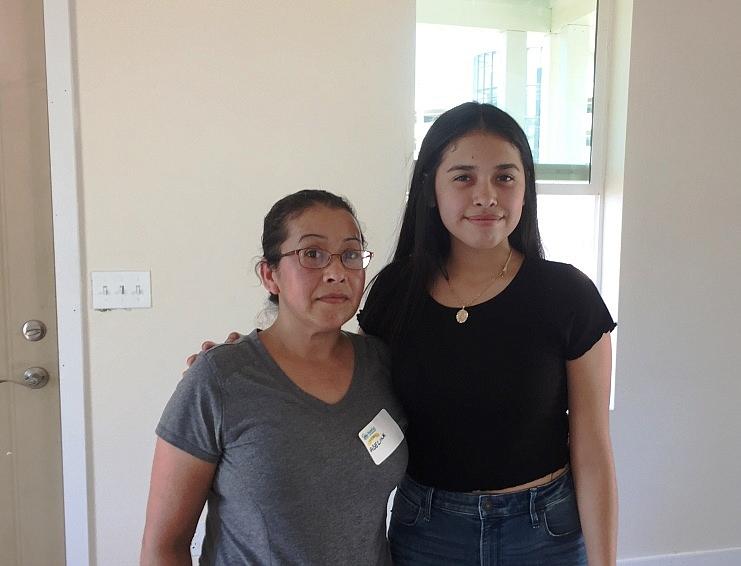Housing Insecurity Is Taking A Toll on Youth’s Health
This story was produced as a project for the 2019 California Fellowship, a program of USC Annenberg's Center for Health Journalism.
Other stories in this series include:
Trauma Can Drastically Impact School Attendance
Paradise Counselors Address High Rates of PTSD Among Students
Educators Use Poetry to Help Kids Talk About Trauma
October 2017 Wildfires are Affecting Crucial Health Programs
October 2017 Wildfires are Affecting Crucial Health Programs

Credit: Adia White
Standing in the Fountaingrove neighborhood, you can see the scar of the Tubbs fire stretch across the hillside. Two years later, the trees are still charred and the sounds of reconstruction are constant.
Among the buildings under construction are the Sonoma Wildfire Cottages. These nine homes, built by Habitat for Humanity, provide immediate relief to families still living in temporary housing after losing their homes in the Tubbs fire. The cottages range from about 400 to 750 square feet and the rent is based on what residents can pay.
15-year-old Miranda Hernandez and her mom will be renting one of them. Hernandez can’t remember whether she’s moved five or six times since the fire destroyed the home they rented in Coffey Park.
Her story is not unique. A survey conducted for Sonoma County in January found that more than 10,000 people are living in temporary housing because of the Tubbs fire. About half of respondents said their homes burned and the other half said they could no longer afford them due to the economic impacts.
“It was kind of scary and stressful at the same time because I would just see my mom struggle trying to find out where are we going next,” said Hernandez.
Housing instability takes a toll on health. And that may be more critical in the case of young people. In fact, research shows that adverse childhood experiences determine health outcomes in adulthood.
“We know that the more that you have, there is a cumulative effect that you are more likely to experience mental health issues as an adult,” said Adrienne Heinz, a clinical psychologist for the National Center for PTSD. “But also physical health problems, like diabetes, obesity, cancer.”
In the aftermath of a disaster, these Adverse Childhood Experiences, called ACES by psychologists for short, can add up quickly.
“So you have the fires, but that tends to be just the beginning when you’re thinking about the cascade of events that comes with displacement,” said Heinz. “So they experienced threat to their person, they might have been immediately threatened to their safety, but it also means that they lost important anchor points in their life. Maybe they’ve had to change schools, maybe they lost their social support, economic difficulties, the cost of having to replace everything they lost.”
For fire survivor Miranda Hernandez, translation was one of many things added to that list of obstacles. Her mom is a monolingual Spanish speaker and Miranda had to help her navigate a web of complicated resources and communicate with landlords.
“Sometimes it’s like stressful or frustrating because I don’t want to do it sometimes,” said Hernandez. “I have things to do right, but sometimes, I have to be there for her too, just like she’s there for me.”
While these cottages provide a lifeline, they’re not a permanent solution. In two to five years, they will be relocated to Santa Rosa and sold to moderate and low-income families who meet the qualifications.
If the county is going to meet the needs of the thousands of unstably housed, there will have to be a comprehensive mix of creative solutions. Will local government rise to this challenge?
[This article was originally published by Northern California Public Media.]

